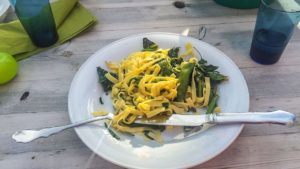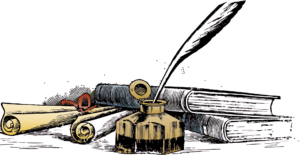Did a Swedish researcher eat the first CRISPR meal ever served?
From Science, By Jon Cohen
http://www.sciencemag.org/news/2016/09/did-swedish-researcher-eat-first-crispr-meal-ever-served
In what Swedish plant scientist Stefan Jansson declares “maybe” a historic event, he cultivated, grew, and ate a plant that had its genome edited with CRISPR-Cas9. Umeå University, where Jansson studies how trees know it’s autumn and how proteins allow plants to harvest light, released a 5 September press release about his meal, a pasta dish that included 300 grams of cabbage he grew from seeds that had been genetically modified with CRISPR-Cas9. The revolutionary technology vastly simplifies the editing of genes, and has triggered many debates about whether its plant products should be considered a genetically modified organism (GMO) and subject to regulation.



